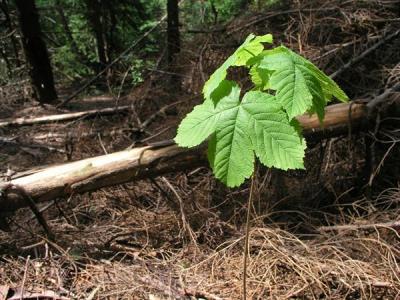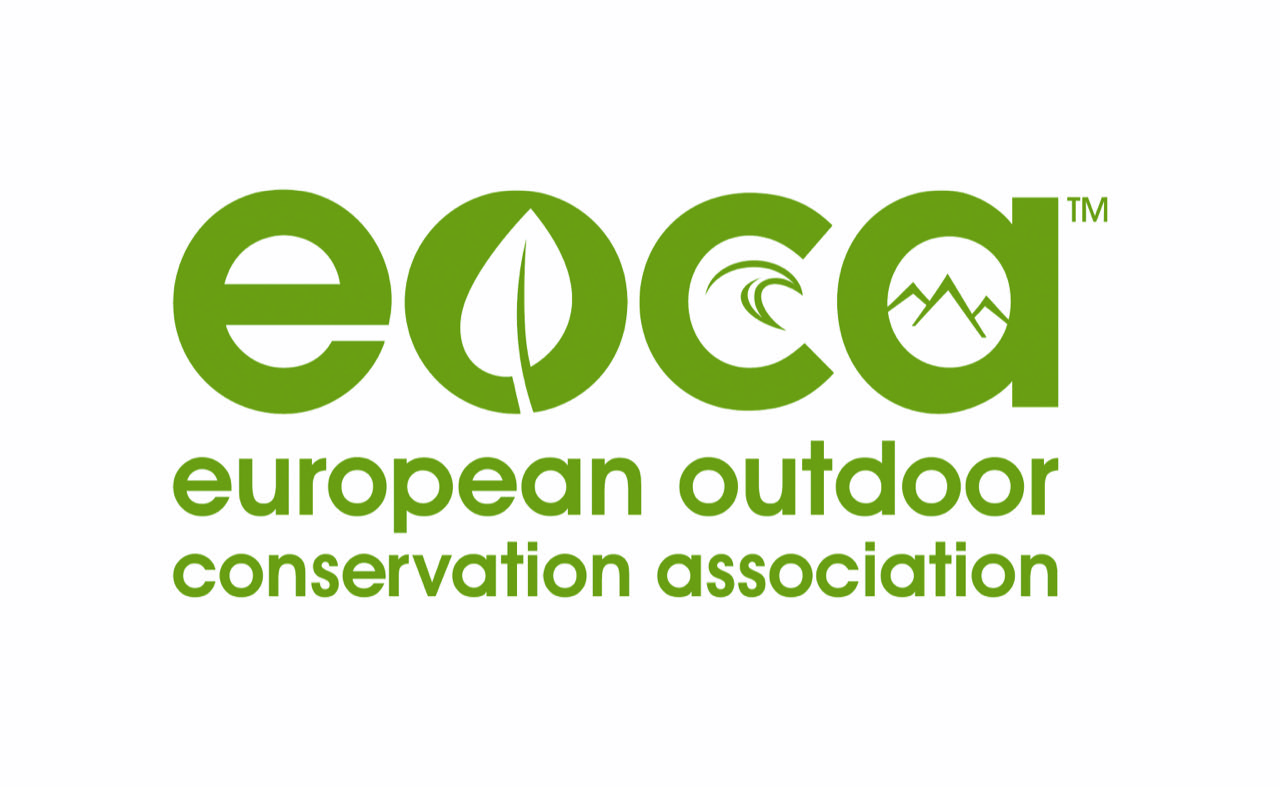 Non profit organisations can apply to the Association for grants of up to €30,000 to implement a conservation project in any country around the world except North America (where the Conservation Alliance provides funding for conservation efforts from the North American outdoor industry). Projects must protect a threatened species or habitat AND have a link to the outdoor user.Members of the European Outdoor Conservation Association can nominate up to three projects (from different, or the same organisations) each year.The application process for funding projects in 2014 will start on 1st November 2013 with a closing date of 30th November.
Non profit organisations can apply to the Association for grants of up to €30,000 to implement a conservation project in any country around the world except North America (where the Conservation Alliance provides funding for conservation efforts from the North American outdoor industry). Projects must protect a threatened species or habitat AND have a link to the outdoor user.Members of the European Outdoor Conservation Association can nominate up to three projects (from different, or the same organisations) each year.The application process for funding projects in 2014 will start on 1st November 2013 with a closing date of 30th November.
During December 2013 and January 2014, we will be shortlisting the projects and will let applicants know if they have been successful once that process is finished. The shortlist is drawn up at the sole discretion of the General Managers, using criteria based on the points below. The General Managers will seek advice from EOCA’s Scientific Advisors if required.
The initial funding for the chosen projects will be available from April/June 2014.
If you are a conservation organisation looking for funding, please contact one of our members to see if they would be willing to nominate your project.
If you do not know any of our members, please apply directly to us and we will find a nominating company for you.
What are we looking for in a project application?
There are 5 main areas we have based the application form on, taken from ‘The Five-S Framework for Site Conservation’, published by The Nature Conservancy www.nature.org
SYSTEMS
– What species, habitat or broader ecosystem is this project trying to conserve?
STRESSES
– What are the threats posed to this species, habitat or broader ecosystem, why does it need conserving?
– What effect are the threats having on the above?
– What will happen if nothing is done about the threats?
SOURCES
– Where do these threats come from?
STRATEGIES
– How will this project protect, enhance or restore the area to deal with those threats?
– Are the threats something that this project can eliminate completely?
– Are they something that the project can alleviate through education or doing things in a different or innovative way?
– How will the project include/ involve the local community?
– How will the project include / involve visitors to the area / people who recreate in this area / other communities of interest?
– What are 3 measurable, time-orientated outcomes?
SUCCESS
– How will the project assess how the threats have been alleviated / eliminated?
– How will you ensure that the project is sustainable beyond the duration of the project?
– What will the long-term legacy be after the EOCA project has finished? How will activities or outcomes continue?
– Will innovative approaches used in this project be replicable to other projects?
Not only this, but we would very much like to see a specific link to the outdoor user in all projects.
LINK TO THE OUTDOORS
As EOCA is raising money from the European outdoor industry, we feel that conservation and restoration work should go hand-in-hand with responsible use of the ‘wild’ areas we all enjoy. This is intended to be a positive, rather than limiting focus and may include enhancing the visitor’s experience in an area as well as protecting an area from any detrimental impact caused by the visitor. It will make projects very relevant to those that are contributing towards their funding. As a small organisation, we hope that, not only will this give the projects we support a unique and specific focus, but will help other smaller organisations, which may not otherwise be considered for funding elsewhere, attract a grant from EOCA.
Extra points will be given for innovate solutions to ‘old’ problems, particularly if they can be transferred to other geographical areas!
Please read the following carefully before you submit your application form to the Association. It will help you understand the types of nature conservation projects we are looking for and the information we need from you.
PROJECTS MUST
The two main areas that must be addressed in your application are:
1. Protect, enhance or restore threatened key species, habitats or broader ecosystems in ‘wild’ areas (10 points)
EOCA defines ‘wild’ areas as non-urban environments and ecosystems occurring in as natural a state as possible, given the area’s location and use. This may include for example moorland, hills, mountains, coasts, rivers, forest, grassland, peatland and ocean areas. ‘Key’ species, habitats or ecosystems are defined here as those which are threatened, those which play a ‘keystone’ function, or those which are indicators of broader ecosystem health*. The project must identify and address the key threats to the species, habitats or broader ecosystems, and how it will protect and /or enhance them. Innovative solutions to ‘old’ problems will be especially welcome!
*Is the species an ‘indicator’ of wider habitat and ecosystem health? i.e. by recovering its populations, will it have a beneficial effect on other species and wildlife communities? Can the species be considered a ‘keystone’ species i.e. one that has a disproportionately large effect on its environment relative to its abundance, and may create conditions for other species to thrive?
2. Consider the needs of the recreational user (10 points)
The project must enhance the experience of outdoor users as well as protecting the identified species, habitat or broader ecosystem from any negative impact by visiting outdoor users. Projects may, for example, enhance a visitor’s experience by protecting a threatened species they might then see, or protect an area by ensuring trails and /or associated information / education keeps visitors from damaging fragile habitats or disturbing vulnerable wildlife.
At this stage, if the project being assessed receives less than 12 points, it will not proceed any further in the application process.
Project Outcomes:
Your application should include 3 easily identifiable and measurable outcomes to show how the project will address the issues above. They should consider:
1. Conservation measures addressing specific issues and root causes (5 points)
What are the identified threats to the species / habitat / ecosystem? What are the impacts of these threats? How are these threats going to be eliminated, alleviated or better managed? How will the habitat / ecosystem be protected, enhanced or restored? How will the project assess the desired outcomes of the project? How will the experience for the local community, the visitors and the habitat be enhanced in the long term?
2. Involvement / engagement of local people (5 points)
In order for a project to be sustainable, it is vital that local people are fully engaged. If local communities and also communities of interest are not involved, they may not feel any need or desire to ensure that the good work that has been started continues into the future. Obviously, if specialist work needs to be carried out, relevant experts may need to be brought in, but wherever possible, projects will involve the local community, giving them ownership of the project and its outcomes, and contributing to their livelihoods during and after the project.
3. Education and communication (5 points)
Education and communication should be aimed at both local communities and visitors. Education should include communicating responsible ways of enjoying the project area, suggestions as to how visitors and locals can reduce threats to the species, habitat or ecosystem, and ways in which they can help protect the biodiversity of the project area. How will you reach the potential visitors to the area effectively and communicate with the local community, and how will this process continue once EOCA’s funding for the project has finished?
The project also needs to:
Be measurable and time orientated (5 points)
The work must be completed and demonstrate a clear and measurable impact between 12 months and 2 years from the project start date.
Provide a legacy (5 points)
The beneficial effects of the project should be sustained beyond the duration of the project. What processes will be set up to ensure the work that has been started will continue to be monitored and managed in the long term? How will the project benefit the livelihoods of the local people or the local economy both during and after the project?
The types of projects which the Association will not support (unless they are linked with local biodiveristy loss / education about conservation etc) are:
- Installation of alternative energy
- Community or Social Projects
- Alternative / sustainable transport
- Waste management projects (unless linked to detrimental effect on local biodiveristy / education of recreational users of the area). This includes local community recycling / incinerating projects.
The Association will also not support projects:
- Which are party political or linked to religious groups
- Covering general overheads, maintenance costs or salary payments
- Seeking the acquisition of buildings
- Promoting violent or illegal action


